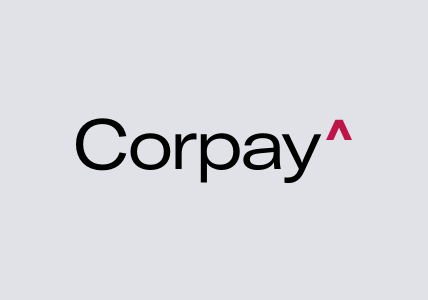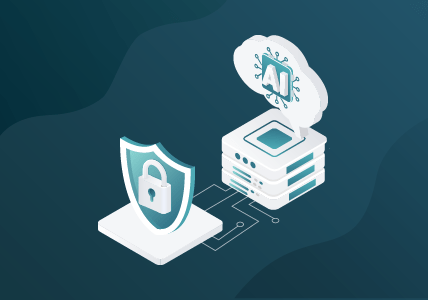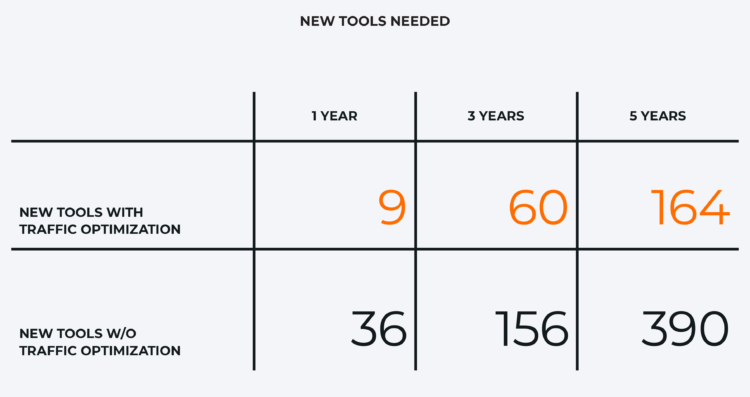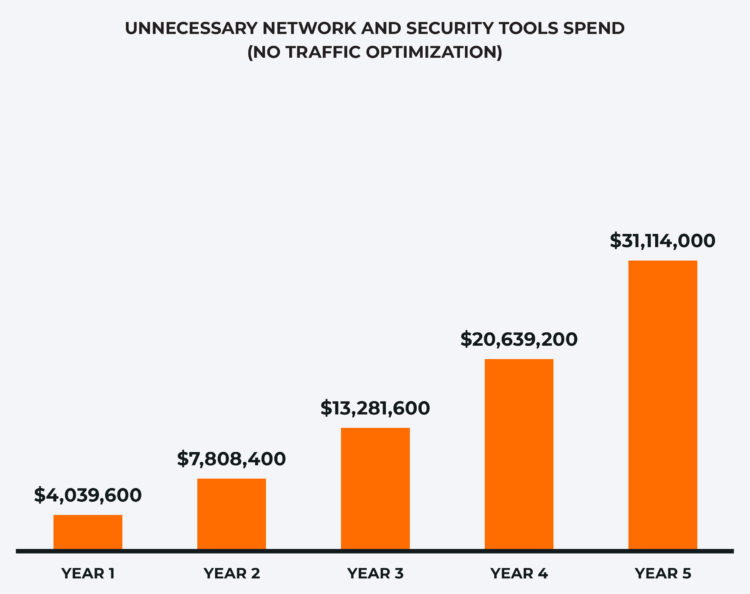Doing More with Less, Part 2: Reducing Sprawl and Containing Costs
Editor’s note: This is the second of two posts about the benefits of using the Tool Efficiency Wizard. Part 1, which takes a security focus, is available here.
Many organizations with modern datacenters and hybrid architectures are still struggling to solve (mostly known) problems in their network and security environments. If this sounds like your organization — this blog is for you.
As discussed in Part 1, some of those problems are rooted in a lack of visibility or, in most cases, based on a limited approach related to this topic. Indeed, some organizations increase their network tools and annual network traffic growth to deal with these issues. But in our experience, there is often unnecessary complexity and tool spending. This is also highlighted in the last 2022 Omdia Network Monitoring Report, available here.
This blog addresses these common issues and gives more details on why you might be interested in using a free three-step Tool Efficiency Wizard prepared by a multidisciplinary team of experts. Using the wizard provides fresh insights on containing and reducing network and security tools costs, reducing tool sprawl, and, most importantly, increasing your NetOps and SecOps teams’ efficiency.
Reduce Tool Sprawl
Ever-increasing traffic volumes necessitate purchasing more tools to keep up. At some point, however, you may run out of budget, and worse, you’re left with a complex maze of tools — some fully utilized, others not — and the headaches of managing them.
In the chart below, you can see a typical scenario of how many tools are needed (assuming the organization is using six different tool types, like IDS, APM, NPM, forensics, NDR, and DLP) based on annual traffic growth. The top row shows the number of tools needed at 1, 3, and 5 years when traffic is optimized with Gigamon. The bottom row, in contrast, shows that if the traffic fed to tools is not optimized, the number of tools needed grows significantly. For reference, traffic optimization refers to techniques to reduce irrelevant traffic to tools, such as de-duplication and various filtering methods.
Contain Costs by Increasing Tools Efficiency
Next, the chart below illustrates how unnecessary tools spending can spiral if no traffic optimization is implemented (a primary way of improving tools efficiency) across a full tool stack, in an environment with reasonable annual traffic growth rate. Moreover, when you buy these unnecessary network and security tools, the costs can extend beyond purchase price and integration costs. You also pay for maintenance, upgrades, and operating costs to keep them running. Unplanned purchases can easily upend budgets and delay other initiatives, potentially exposing your organization to new threats.
Gigamon customer Barrett Steel is a good example of how you can increase network capacity without boosting spending on tooling or maintenance, while getting the most from existing security infrastructure tools. Read their story here.
Are You Ready to Increase Your Tool Efficiency?
If your NetOps and SecOps teams are dealing with excessive tool sprawl, network blind spots, or concern over how the economic uncertainty of the near future will affect your organization’s network and security efforts, it’s time to analyze your tools’ efficiency and future tools spending with the Tool Efficiency Wizard, available for free.
Getting your network tools evaluated with the Tool Efficiency Wizard is the first step for your NetOps and SecOps teams to learn how breaking out of relentless tool upgrade cycles, reducing tool sprawl, enhancing efficiency, and controlling costs can deliver positive outcomes.
Check out this three-minute video to see a breakdown of the Tool Efficiency Wizard’s customized report.
Featured Webinars
Hear from our experts on the latest trends and best practices to optimize your network visibility and analysis.

CONTINUE THE DISCUSSION
People are talking about this in the Gigamon Community’s Security group.
Share your thoughts today










